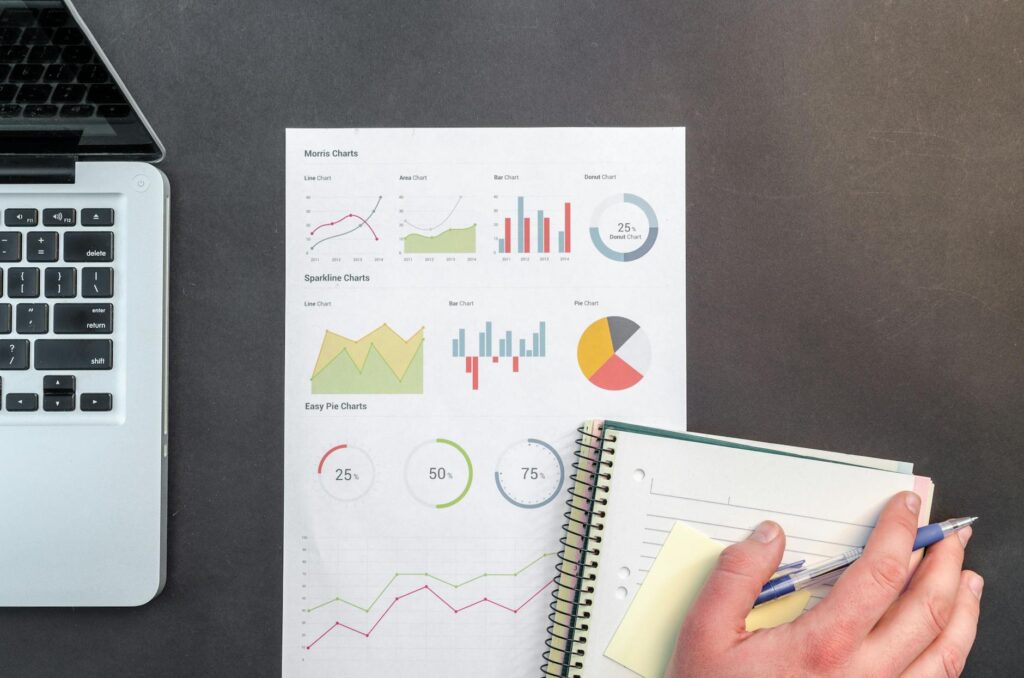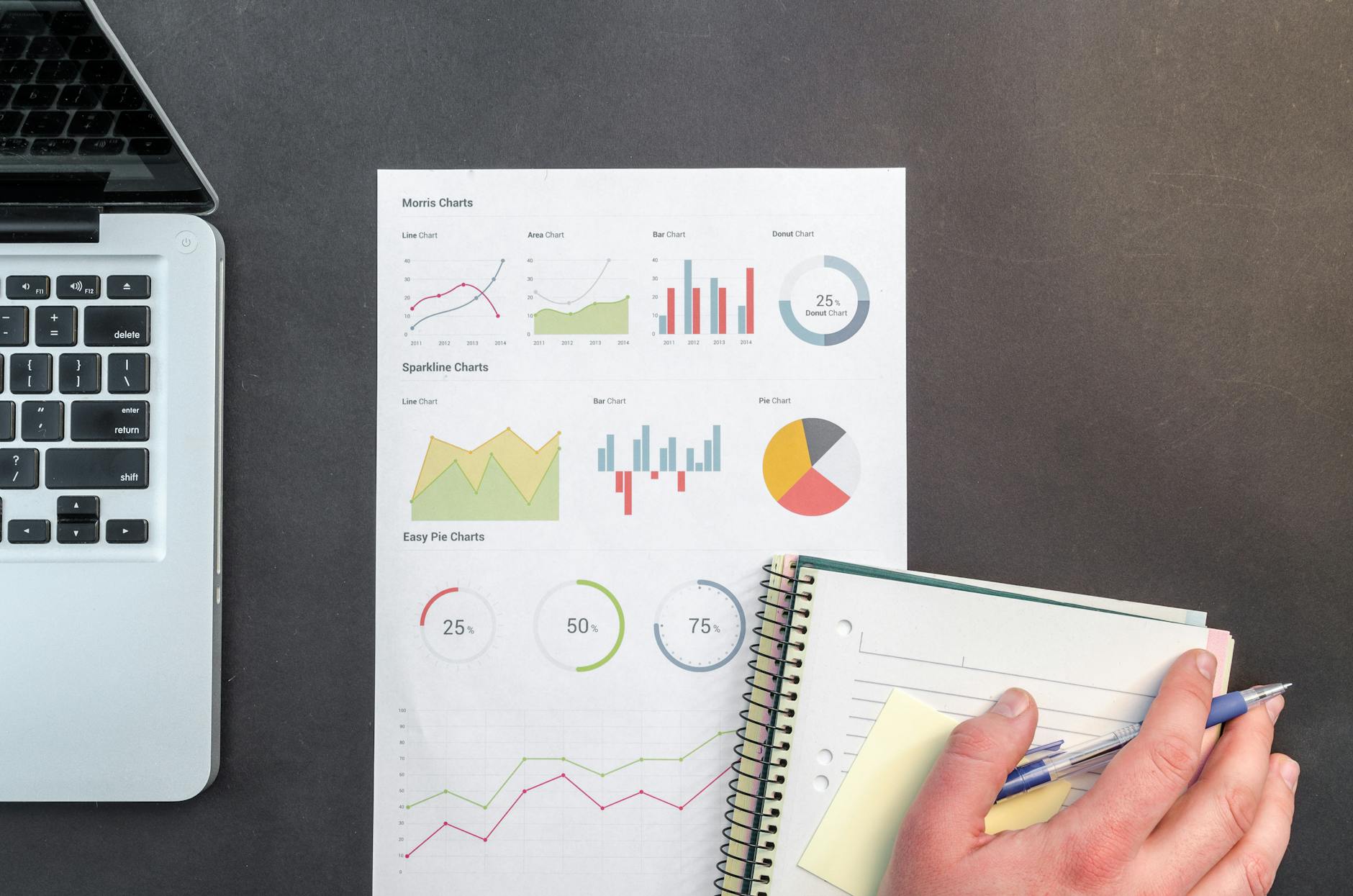What is productivity reporting software?

What is Productivity Reporting Software?
In today’s fast-paced work environment, maximizing productivity is essential for both individuals and organizations. Productivity reporting software has emerged as a vital tool for understanding and enhancing how we work. This software helps track performance, manage tasks, and ultimately increase efficiency. But what exactly is productivity reporting software? Let’s explore this concept and how it can transform the way we approach productivity.
Understanding Productivity Reporting Software
Productivity reporting software is designed to measure and analyze how effectively time and resources are being utilized in various tasks or projects. At its core, this software collects data regarding work habits, project progress, and overall performance. With features that enable tracking and reporting, it provides insights that can help optimize workflow and improve productivity.
The primary functionalities of productivity reporting software include:
- Time Tracking: Monitor how much time is spent on various tasks.
- Performance Measurement: Assess the efficiency of individual team members and overall team performance.
- Reporting Analytics: Generate reports that summarize productivity trends and areas for improvement.
These functionalities are essential for anyone looking to boost their productivity, whether you’re a freelancer juggling multiple clients or a manager overseeing a large team.
Key Features of Productivity Reporting Software
To fully leverage productivity reporting software, it’s crucial to understand its key features:
-
Time Tracking: This feature allows users to log time spent on tasks and projects effortlessly. By understanding where time is allocated, users can identify areas that require improvement.
-
Reporting and Analytics: Users can generate comprehensive reports that reveal insights into productivity trends. These reports can help identify bottlenecks and inefficiencies, enabling informed decisions based on data.
-
Performance Metrics: With the ability to measure performance, organizations can assess how well team members meet their goals. This feature can be incredibly motivating for employees, as it fosters accountability.
-
Integration Capabilities: Many productivity reporting tools can integrate with other software, such as project management or communication platforms, streamlining the workflow.
-
User-Friendly Interface: A user-friendly interface is essential for ensuring that team members can easily navigate and utilize the software’s features.
Benefits of Using Productivity Reporting Software
Implementing productivity reporting software can lead to significant advantages for both individuals and organizations:
-
Enhanced Efficiency: By monitoring time and performance, users can quickly identify inefficiencies and implement strategies to improve them. This leads to a more streamlined workflow.
-
Informed Decision-Making: With access to data-driven insights, managers can make better decisions regarding resource allocation and task assignments. This ensures that projects remain on track and goals are met.
-
Increased Accountability: When team members are aware that their productivity is being tracked, they are more likely to stay focused on their tasks. This accountability can foster a positive work environment and promote higher output.
-
Better Work-Life Balance: By understanding where time is spent, employees can better manage their workloads, leading to reduced stress and improved overall well-being.
For those interested in exploring specific tools, there are many options available, such as ActivTrak and PCMag’s best employee monitoring software, that can provide additional insights and features tailored to your needs.
Types of Productivity Reporting Software
Understanding the different types of productivity reporting software can help you choose the right solution for your unique needs. Here are some common categories:
Task Management Tools
Task management tools focus on organizing and prioritizing tasks. These software options help users track progress, set deadlines, and manage workloads effectively. Team members can easily view their tasks, reducing the likelihood of overlooked assignments.
Time Tracking Software
Time tracking software is specifically designed to record the time spent on various tasks and projects. This type of software provides detailed reports on how time is allocated, making it easier to identify where improvements can be made. Features like automatic time tracking can help maintain accuracy without requiring manual input.
Collaboration Platforms
Collaboration platforms combine productivity reporting features with tools that facilitate teamwork. These platforms enable users to communicate, share documents, and collaborate on projects while also tracking productivity metrics. This integration promotes a cohesive work environment that fosters collaboration.
Implementing Productivity Reporting Software
To successfully implement productivity reporting software, it’s essential to follow a structured approach:
Identifying Your Needs
Before selecting software, assess your personal or organizational productivity needs. Consider questions like:
- What specific goals do you want to achieve with the software?
- Are you looking to improve time management, task prioritization, or overall performance?
Understanding your unique requirements will help narrow down your options.
Choosing the Right Software
Once you’ve determined your needs, it’s time to evaluate different software options. Consider the following criteria:
- Features: Does the software offer the functionalities you need?
- Ease of Use: Is the interface user-friendly for all team members?
- Cost: Does the software fit within your budget?
By comparing different options, you can find the best fit for your productivity reporting needs.
Measuring Success with Productivity Reporting Software
Once you’ve implemented the software, it’s crucial to analyze the data it provides to track your productivity effectively.
Interpreting Data and Metrics
Being able to read and understand the metrics generated by productivity reporting software is key to making informed adjustments. Look for trends in time allocation, performance, and overall productivity. Identifying patterns can provide insights into what works and what doesn’t.
Adjusting Strategies for Improvement
Based on your findings, refine your productivity strategies. For example, if time tracking shows that a significant amount of time is spent on a particular task, consider reassigning resources or reevaluating the task’s approach. Adapting your strategy based on data ensures continuous improvement.
Conclusion
In conclusion, productivity reporting software is a powerful ally in enhancing productivity and achieving a better work-life balance. By tracking performance, analyzing data, and making informed decisions, both individuals and organizations can experience significant improvements. With the right tools, you can unlock the potential to work smarter and more efficiently, making the most of every moment. Embrace this technology and watch your productivity soar!

Photo by Lukas